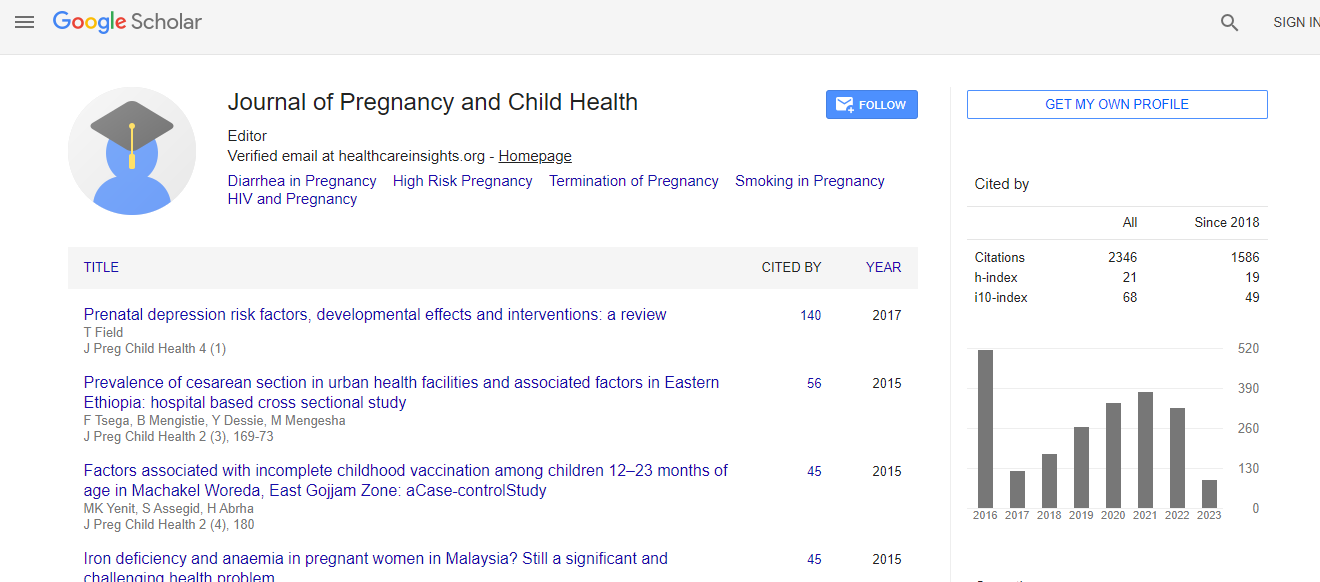Review Article
Maternal Near Miss and Still birth in developing countries: A Systematic Review with Meta-Analysis
| Ewnetu Firdawek1*, Alemayehu Worku2 and Mesganaw Fantahun3 | |
| 1Department of Nursing, College of Medicine and Health Sciences, Arba Minch University, Arba Minch, Ethiopia | |
| 2Department of Preventive Medicine, School of Public Health, Addis Ababa University, Addis Ababa, Ethiopia | |
| 3Department of Reproductive Health and Health Service Management, School of Public Health, Addis Ababa University, Addis Ababa, Ethiopia | |
| Corresponding Author : | Ewnetu Firdawek Department of Nursing, College of Medicine and Health Sciences, Arba Minch University, Arba Minch, Ethiopia Tel: 251-46-8810771 E-mail: ewnetuliyew@gmail.com |
| Received: November 07, 2015; Accepted: November 27, 2015; Published: December 04, 2015 | |
| Citation: Firdawek E, Worku A, Fantahun M (2015) Maternal Near Miss and Still birth in developing countries: A Systematic Review with Meta-Analysis. J Preg Child Health 2: 209. doi:10.4172/2376-127X.1000209 | |
| Copyright: © 2015 Firdawek E, et al. This is an open-access article distributed under the terms of the Creative Commons Attribution License, which permits unrestricted use, distribution, and reproduction in any medium, provided the original author and source are credited. | |
| Related article at Pubmed, Scholar Google | |
Abstract
Background: Maternal near miss during pregnancy and delivery are known to increase the odds of still birth. Although the available few studies suggested the association between maternal near miss and still birth, pooled effect of individual studies is not yet known for developing countries. Hence the aim of the Meta-analysis was to quantify the association between maternal near miss and still birth from studies conducted in developing countries.
Method: Electronic data bases like MEDLINE and Embase were used to search for relevant articles. Observational studies which were published in English language, irrespective of publication status were considered. The methodological quality of the studies included in the current review was done using the Newcastle Ottawa assessment scale and British Sociological Association Medical Sociology Group quality indicators. Pooled estimate along with 95% CI were calculated using random effect model. I2 statistics were used to test for heterogeneity. Forest plot were used to present findings. Egger’s and Begg’s test was done to check for presence of publication bias.
Result: Search of electronic data bases identified 265 studies of which five were included for the final analysis. Majority of the studies have a high methodological quality. The result of pooled estimate showed that the odds of still birth was higher in women who developed maternal near miss than those who deliver without complications (Pooled OR=4.67, 95% CI [2.91-7.47], I2=85.0%). Sub group analysis based on the design of the studies indicated that variation in the design was one of the factors responsible for the observed heterogeneity. The presence of publication bias was not observed from Begg’s and Egger’s test. (Begg’s Test p=0.462 and Egger’s test p=0.637)
Conclusion: The study revealed that the odds of still birth are higher in women who developed maternal near miss complications as compared to women without any complications. Hence this evidence will help policy makers in developing countries to design appropriate interventions that will enhance quality of obstetric care for women during pregnancy, delivery and after delivery so as to save the life of babies born from these women.

 Spanish
Spanish  Chinese
Chinese  Russian
Russian  German
German  French
French  Japanese
Japanese  Portuguese
Portuguese  Hindi
Hindi 
